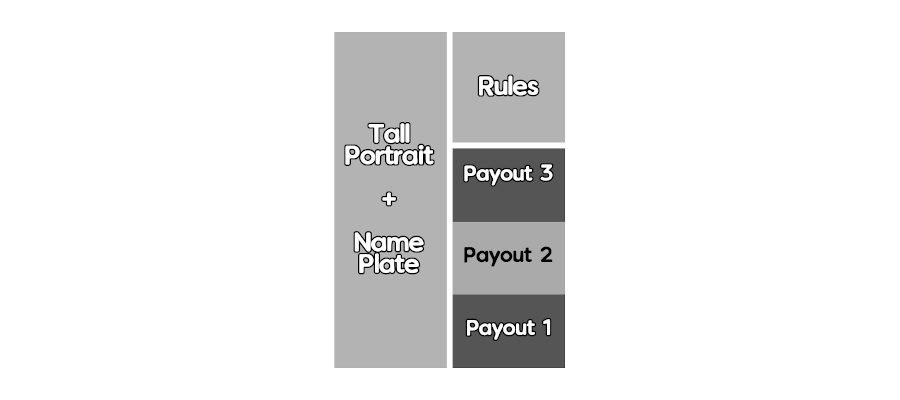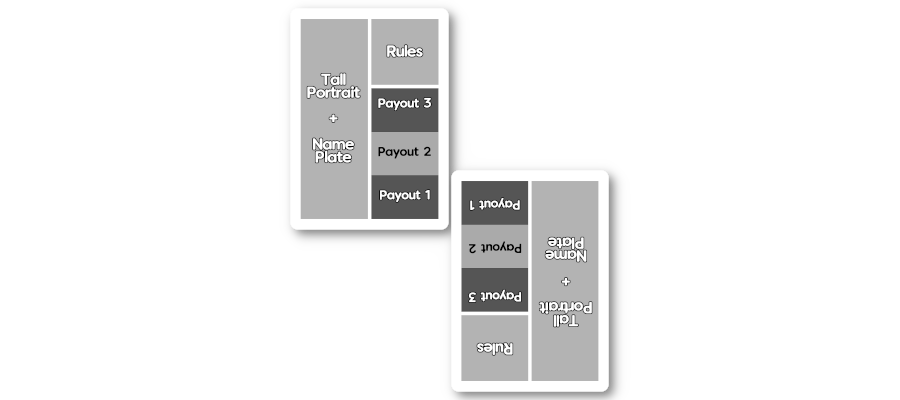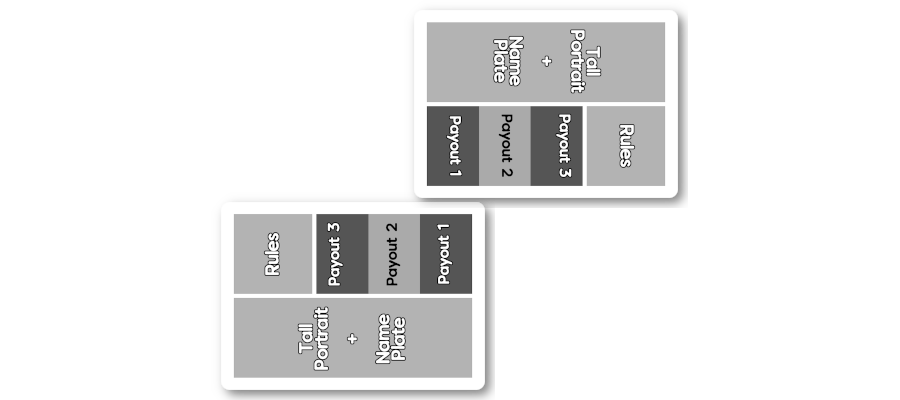Hey, have I shown you this already?

This is a card that’s meant to represent a piece in a worker placement game, where the pieces also represent the places they’re meant to be placed. And I think this might be a game where your workers can date other people’s workers.
If you’re not familiar with a worker placement game, it’s a game where your turn is spent placing currency you have – representing workers, usually – in a limited number of spaces. Typically speaking, one of the rules of worker placement is that when you place a worker, you’re not just getting what’s there, you’re also preventing other people from placing in that same space. In this way, a worker placement creates tension through both what you want and how you can use your choices to deprive other people — and how your plans can be ruined by other people just playing the game.
Worker placement games are cool! They have some engine building in them, they have some forced play and counterplay, and the best ones are always giving you the joyous feeling of a payout even if it’s not necessarily everything that you wanted out of your turn. They can be built around a whole host of mechanics and there’s ways to play with that fundamental format. In Build A Better Dystopia, there’s a mechanic called ‘bumping,’ where you can place a worker in the slot someone else has occupied but doing so gives them their worker back and some of the payout of the space. In Targi the workers you place block everything in a line from them, Sudoku-style. In Kanban EV, the worker placement interferes with a component in the rest of the game of a boss you’re trying to avoid.
I haven’t made a Worker Placement yet, not proper, but I have this idea brewing, and this card is the starting point. This isn’t the only game component – it’s just the core of it, it’s how players’ workers look. They’re going to be characters with an appearance in that left slot, a nice tall portrait to give them room to be expressive. The ‘rule’ section should have maybe some simple symbol, or an icon that indicates some incompatibility, or some result from the character’s behaviour.
You don’t just get these as workers, though. Each player has two of these in front of them that are the worker slots they control. Any time someone sends a worker to your workers, they get whatever that worker provides, but so do you. Using your worker slots benefits you. You can’t send any workers to your slot, so you’re reliant on other players to let you get those resources if you need them, but you can send workers to them as part of negotiations. But these workers are meant to represent people and that’s where a problem can arise.
The payout slots there are to represent how many times these characters have worked together. Every turn you would normally pick up your workers to try for new resources you can leave one of your workers in the slot where they were. They stay there, and then at the end of the turn when everyone’s placed their workers, these characters advance their relationship. That looks like this:

Now, I presented it this way, because this is how you’ll see it. You have your card laid out in front of you, showing the character to other players, so they can see the payouts they get. Then they’re going to place a card activating your worker slot, and getting a resource.
Hmm, that feels a little difficult to see, at this resolution, here’s a horizontally rotated version to make it clearer.
These payout slots are set up this way to build on the original idea: it started as a dating game! You needed to do things to make them advance, but then the idea came the idea that these characters are just doing things on their own time, and if you leave them around one another their relationships get more and more in-depth. If you leave a worker in a slot too long, both cards run away together. You’re left without a worker for a turn, punishing you for how you don’t necessarily want to let that happen.
But also:
Why are these workers disappearing?
The game started as a dating game. All my original prototypes for this game use little heart decals on the cards. That makes me imagine this is a game where if left to their own devices, the workers can get distracted from something, and run off to be girlfriends and boyfriends or whatever. For that end, I need the theme for this game to be low stakes enough that that’s funny and annoying to you, the organiser, not actually like, deleritous.
Also in this context, what if that rules slot represented compatibility? That you could only get characters who had matching symbols to hang out and deepen their relationship? Then you’d have workers who’d be happy to come back and spend more time, but if you leave them too long (by not picking up the right thing at the right time) you risked your worker being stuck and whisked away? And what if you wanted to use these techniques to get rid of your workers?
The vibe at work here, the fiction I want this game to contain, is going to be something where the workers have independence and interests. They’re disappearing because they’re more interested in that then they are in your goals, and that’s funny and fun, not terrible or tragic. The payouts want to be something material, so this probably isn’t characters running away to make out at a house party, unless I guess the whole thing has vibes of like resources that are beers and ice and… and…
You know what, given how little I know about house parties it might be best to not play with that thematic space.
But the point is, this is a mechanic that’s got some play, some design space, and that play space means I can use it to change the type of fiction it is. This could be superhero sidekicks who when left alone will sneak off to make out. It could be spies, seducing one another in a big game of slily geopolitics. It could be hot monsters who care more about having fun than they care about your ‘ritual for ending the world’ that’s very boring.
There ya go, there’s the idea.
